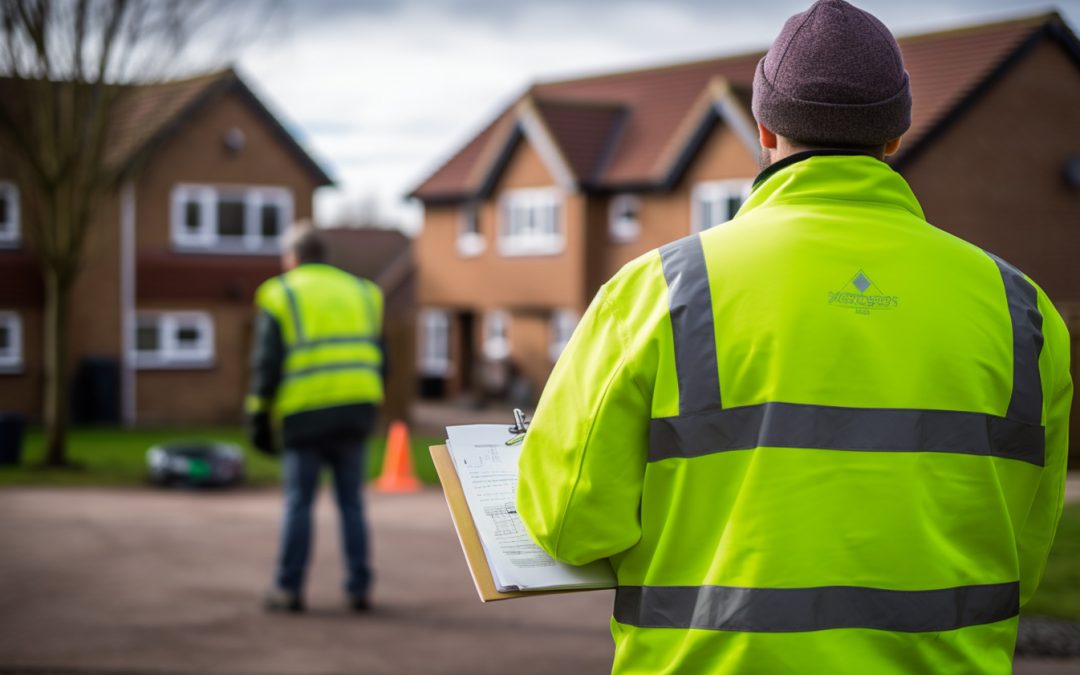In the world of construction, the journey from architectural blueprints to a fully realised building is a complex and meticulous process. One crucial stage often understated is snagging – a process that identifies and rectifies defects in new or renovated homes. Today’s blog explores snagging in new build homes, providing an insightful guide for homeowners and industry professionals alike.
What is Snagging?
Snagging is essentially a form of quality assurance for new homes. It involves identifying and rectifying defects or issues that range from minor cosmetic flaws to more significant problems. The level of inspection and the competence of the inspector play pivotal roles in the discovery of these defects. However, snagging is not a substitute for a building survey or a structural survey; it’s a complementary process focused on the aesthetics and immediate functionality rather than the underlying structural integrity.
Under UK law, the builder holds the responsibility for ensuring compliance with the requisite regulations, thereby underlining the significance of the snagging process.
When Should Snagging Be Done?
The essence of snagging lies in its timing. It is recommended that snagging is carried out before the handover of the property to the client or occupants. This phase is categorised into:
- Pre-completion Snagging
- Post-completion Snagging
Who Performs Snagging?
The individuals vested with the task of snagging are crucial to its success. They include:
- Site Managers
- Quality Control Inspectors
- Independent Snagging Companies
The impartiality and expertise of snagging assessors are pivotal in ensuring a thorough and unbiased snagging process.
Why is Snagging Important?
Snagging serves as a cornerstone of construction for a myriad of reasons:
- It guarantees the delivery of a high-quality, defect-free product to the client.
- It fosters enhanced satisfaction and trust between clients and construction companies.
- It averts expensive and time-consuming post-occupancy repairs.
- It minimises safety risks by addressing any issues promptly.
The Snagging Process
The snagging journey involves several steps:
- Inspection and documentation of defects.
- Prioritisation of issues based on severity.
- Coordination with contractors to address the identified problems.
- Re-inspection to ensure all issues have been meticulously resolved.
Common Snagging Issues
Some typical defects often unveiled during snagging include:
- Paintwork imperfections
- Plumbing and electrical issues
- Flooring problems
- Other defects
The thoroughness of inspection is crucial to unearth even the minor issues that may lurk beneath the surface.
The Benefits of Professional Snagging Services
Engaging specialised snagging companies or professionals offers a slew of advantages:
- Expertise in identifying hidden defects.
- Impartiality in assessing the work of contractors, ensuring a fair and unbiased snagging process.
By delving into the intricacies of snagging, one gains a profound understanding of its indispensable role in the construction sector. It is a realm where vigilance meets expertise, ensuring that the transition from a construction site to a dream home is smooth and devoid of unpleasant surprises.




